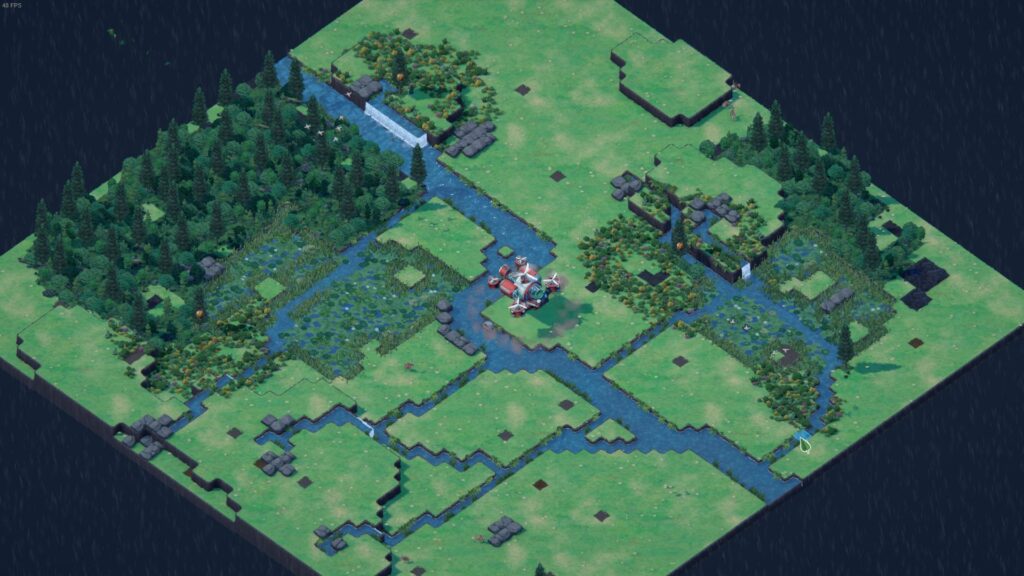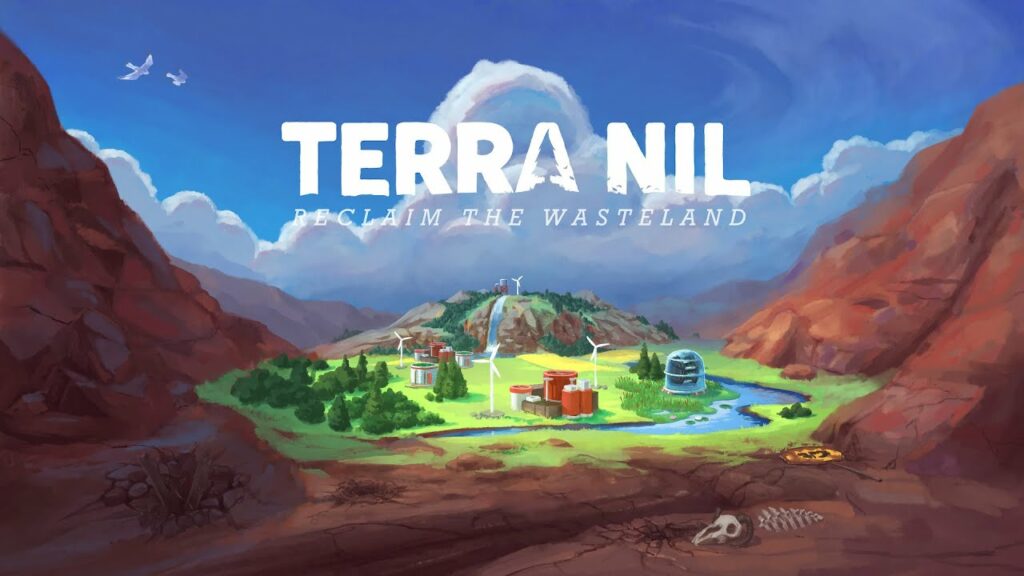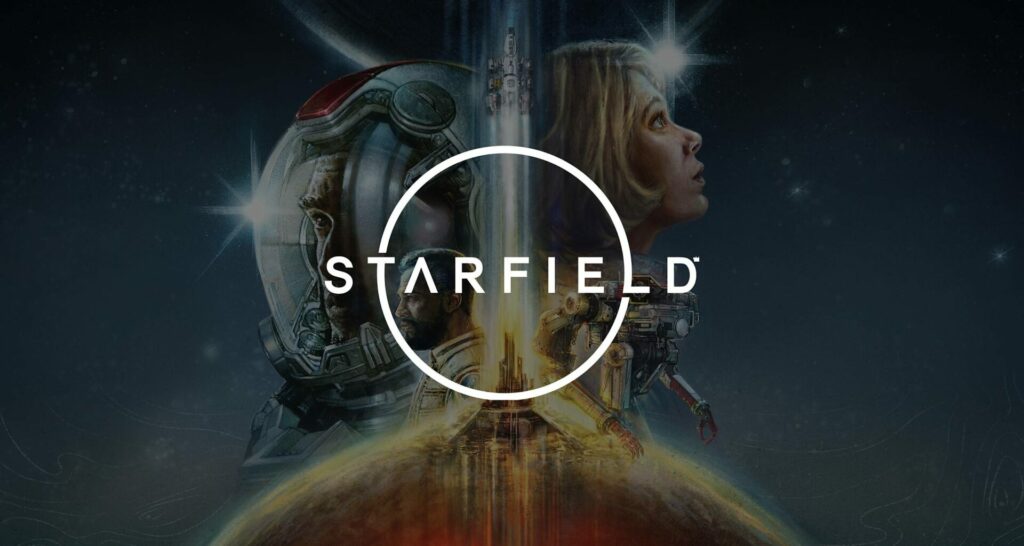AKA: The post-factory game
Our world feels hopeless sometimes. War and imperialism constantly threaten the tenuous period of relative peace that we find ourselves in, capitalism promises to squeeze us for all we’re worth and then some, and the only end in sight is when we all goddamn drown thanks to climate change raising the sea level.
This game teaches us – or reminds us, perhaps – that even in the wake of the most violent cataclysm, we can still make things right with time, effort, and love.
OVERVIEW
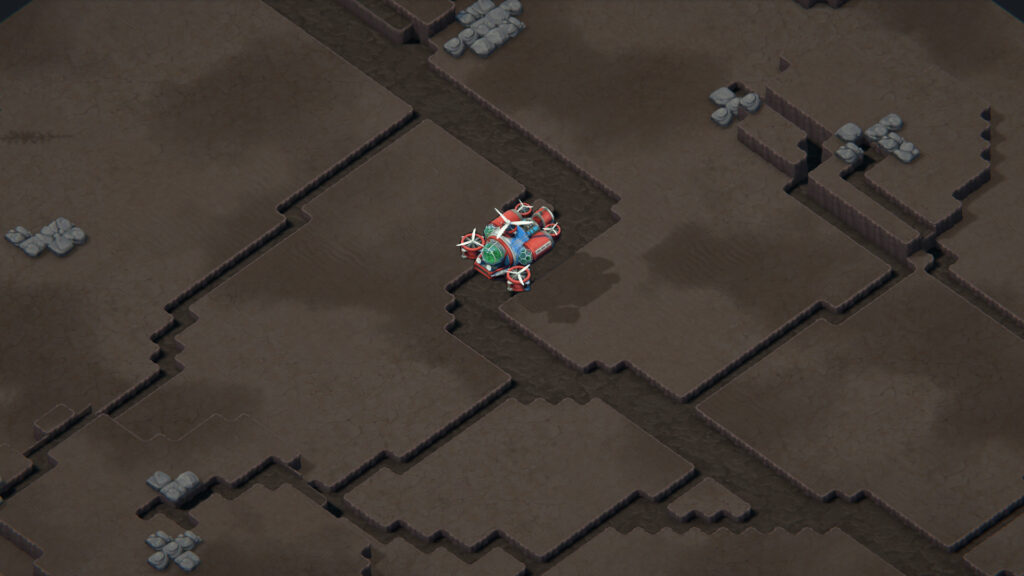
Terra Nil takes place far, far in our(?) future, or perhaps on a fictional world, wherein a terrible ecological cataclysm has ravaged every last scrap of land. Very little is known about who we are and what we represent, beyond undoing the terrible damages done to the world – but honestly, none of that really matters. The player’s purpose is simple: go to a piece of ravaged land, bring life back to it, and withdraw, leaving no trace behind save for the paradise left in your wake.
A typical game of Terra Nil takes roughly between half an hour to an hour, and consists of three stages, each with a different focus: Initial Cleanup, wherein your focus is bringing back any semblance of life to a blasted wasteland; Diversification, wherein you start to create biomes in your semi-restored new Eden; and Withdrawal, wherein you set up animal life to be the new stewards of the land upon your departure, before… well, departing. At the beginning of a new stage, new buildings are unlocked, according to your global location and goals for this stage.
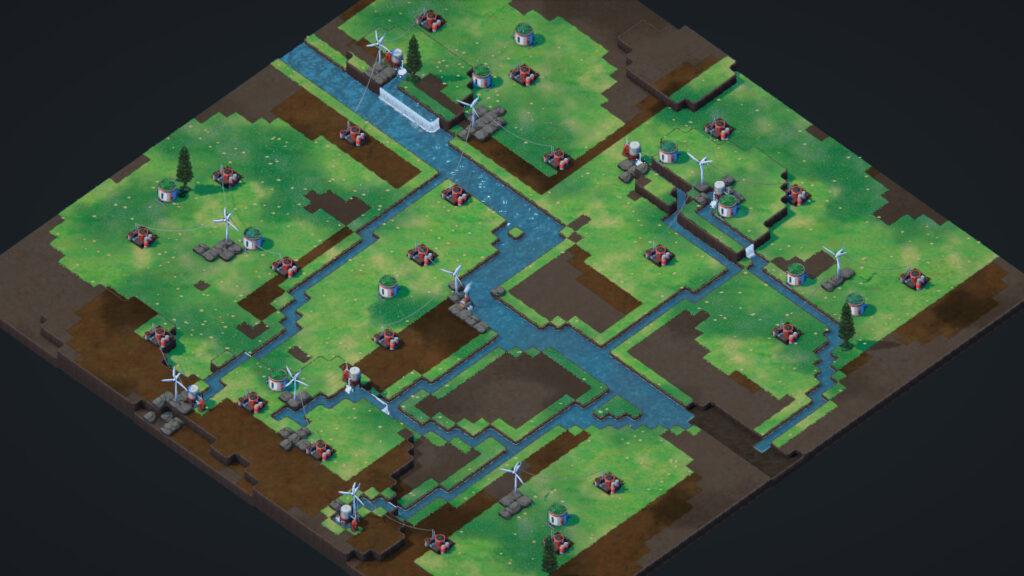
Each different region has its own features, too, remixing the mechanics that become familiar to you in new and interesting ways. The Temperate region has a host of different sub-biomes – wetlands, forest, and fynbos – each with their own mechanics to them. But these same sets of plants and animals won’t fare nearly as well in, for instance, the Tropics, and the species that would do well there require different conditions. Each new region brings a different host of problems to solve, and a different set of tools to solve it – to my knowledge, the only building that is used in every region is the old reliable Toxin Scrubber.
While billed as a relaxing game – and the soundtrack in particular is perfectly designed to fit that feel – each level is like a puzzle. You have to make sure that you don’t burn through your resources too early to use them, and you very much have to make sure that your current detox plans don’t interfere with future plans to revitalise. Still, as far as strategy games go – and make no mistake, Terra Nil is a strategy game – this is very much what the doctor ordered for those who suffer from tryharditis. It’s not about optimal builds, it’s not about min-maxing to outplay an opponent; it’s just you chipping away at a wounded world, healing it one parcel of land at a time.
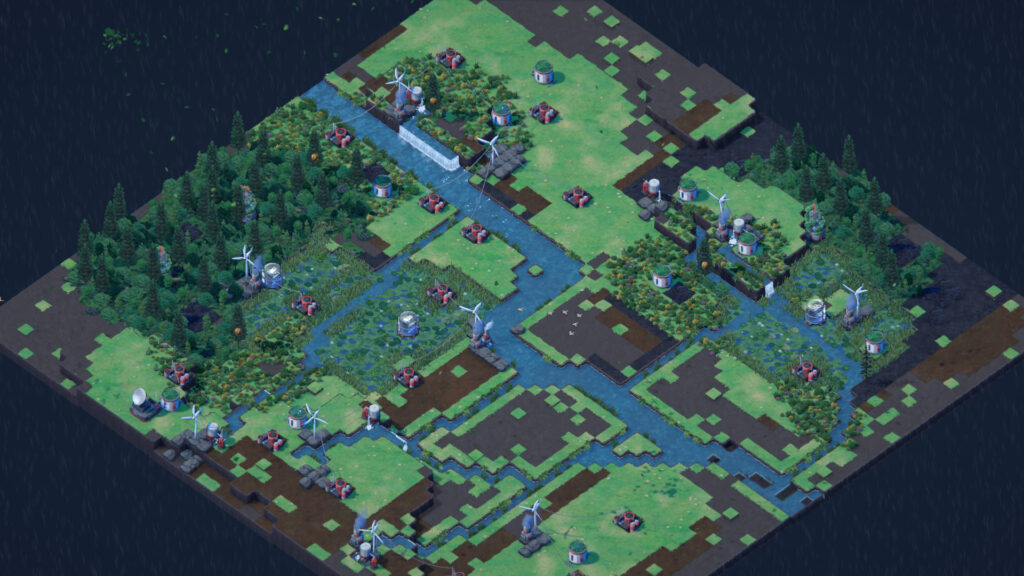
To that end, and I really never thought I’d see myself type these words, I’m grateful for the total lack of story beyond our environment woes. Honestly, I think a story would be a distraction in such a beautifully simple-yet-complex game as this. It doesn’t need some guy telling you why you should care about revitalising, it shows you in so many ways, from how the land transforms and becomes more colourful as you play, animals and flora returning as you achieve optional goals in restoration, to that clap of thunder that signifies the rains returning to the land – which, incidentally, offers a major gameplay benefit in terms of cleansing a major chunk of the map for free, and in the warmer regions, offering some basic growth.
All in all, Terra Nil is beautiful. It’s simple, each round is relatively short – about half an hour long, give or take; it’s satisfying; but beyond anything else, it’s hopeful. Even in ashes, beauty can grow. Now, more than ever, that’s something we need to remember. My greatest concern with this game is that it’s so small, you could chew through it in a few hours. The developers, however, remain committed to further development, so we can look forward to the future of this game with hope, just as we can to our own. This really is the game that we need right now.
Overall, this game gets from me a rating of… the gentle rain of a distant thunderstorm out of ten.
